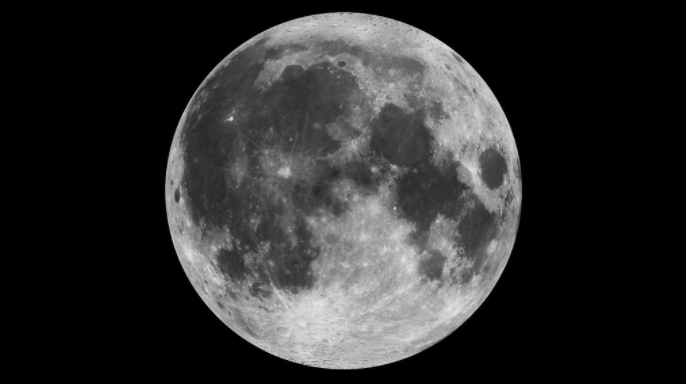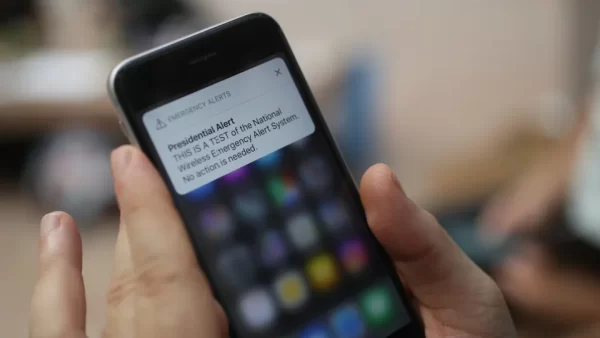A rocket crashed into the moon (probably)
At 7:25 AM on March 4th, three metric tonnes of rocket traveling 5,700 miles an hour were predicted to have crashed into the far side of the moon.
Initially, the space junk was identified as part of a SpaceX rocket by astronomer Bill Gray. Identifying and tracking space junk is “detective work,” according to Gray, and it requires tracking its route backward and matching it to places and times of launched rockets. Further investigation led to new data which suggests that the junk may be part of the booster of the Chinese Chang’e 5-T1 spacecraft launched in 2014. China denies these claims, saying the part burned up in the atmosphere. “I’m 99.9 percent sure it’s the China 5-T1,” Gray says.
Due to the rocket crashing into an area of the moon without satellite coverage, it is not yet possible to confirm exactly where it crashed or whose rocket it was.
Though the damage to the moon was insignificant, likely resulting in only a small crater, the impact still adds to the conversation on space junk. There are an estimated 36,500 pieces of space junk larger than ten centimeters according to the European Space Agency. While this does not threaten humans at the moment, it may eventually become an issue if the amount of space junk keeps increasing. This could result in Kessler syndrome, where there is so much junk in space that anything sent to space will run into the junk and create more junk, rendering earth’s orbit unusable.





